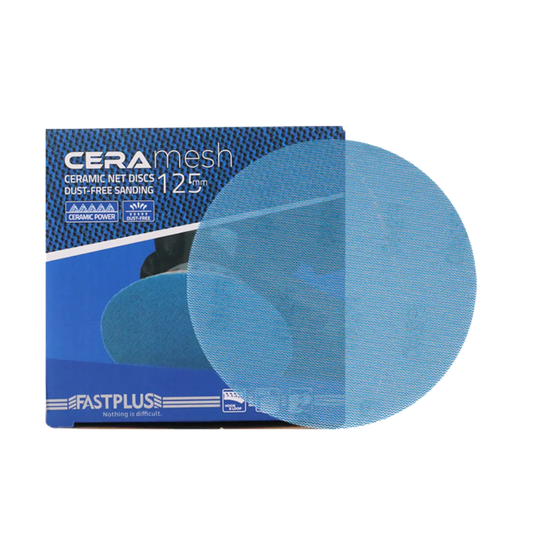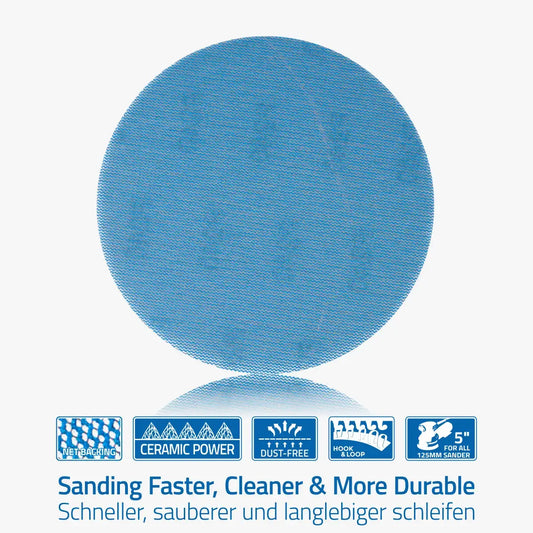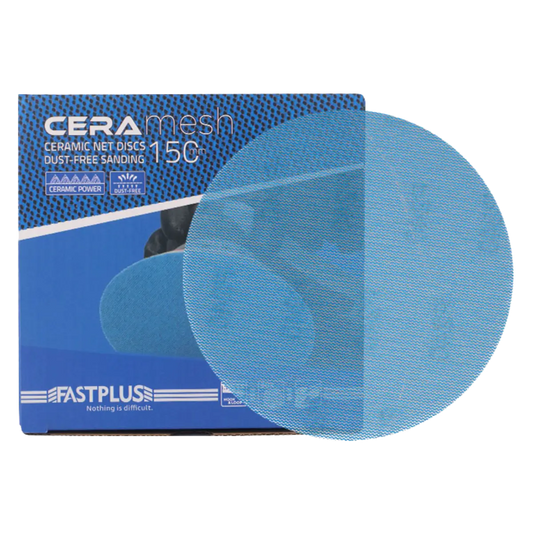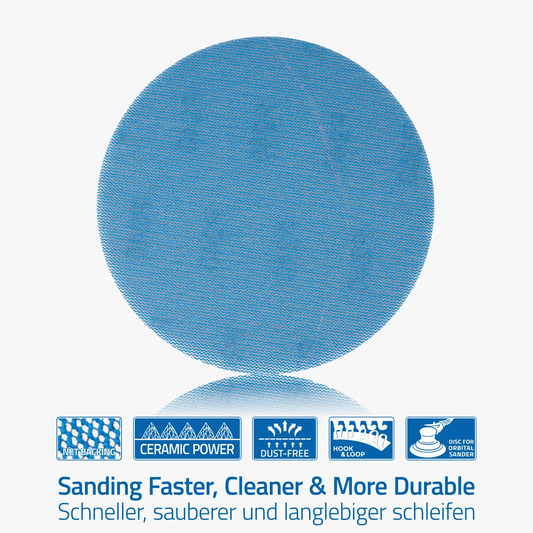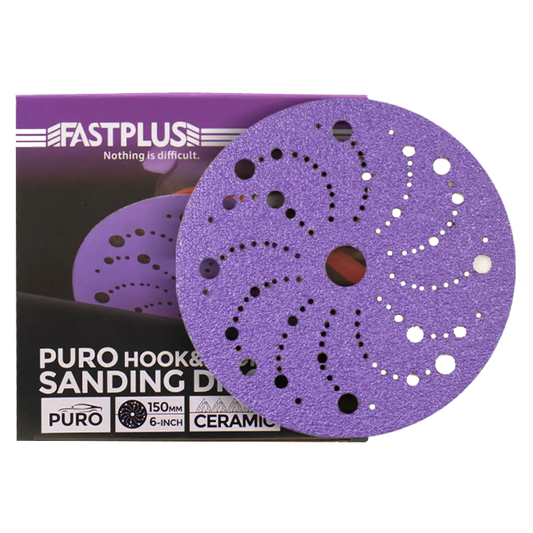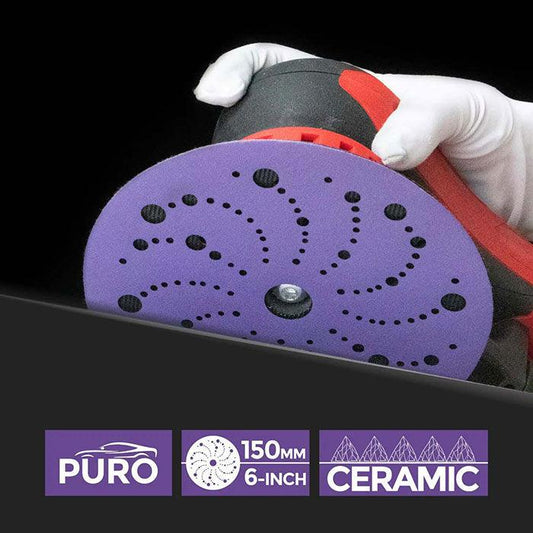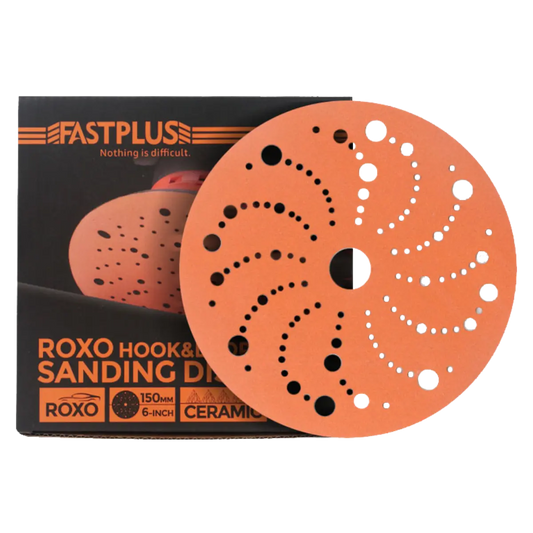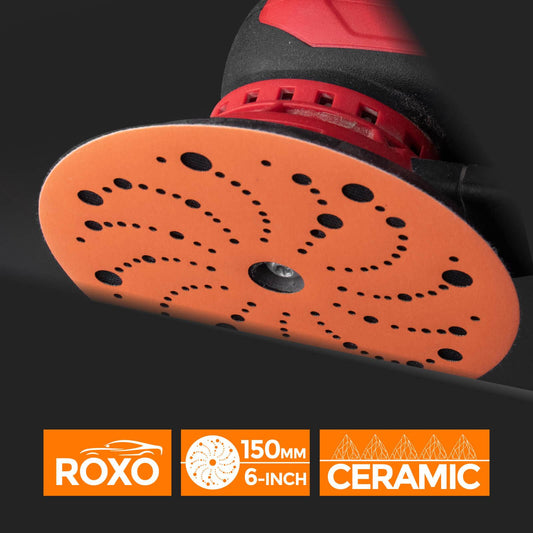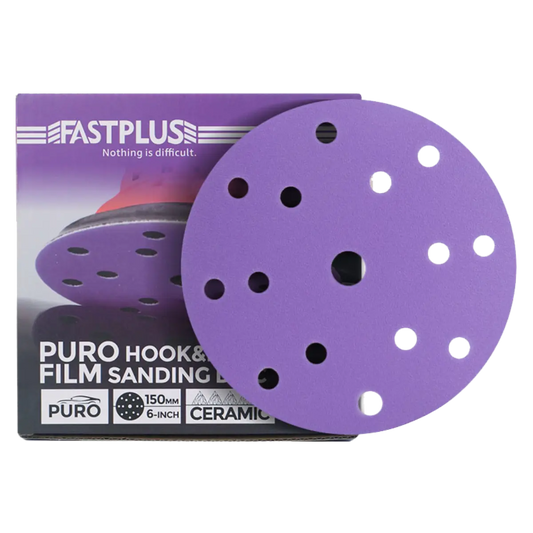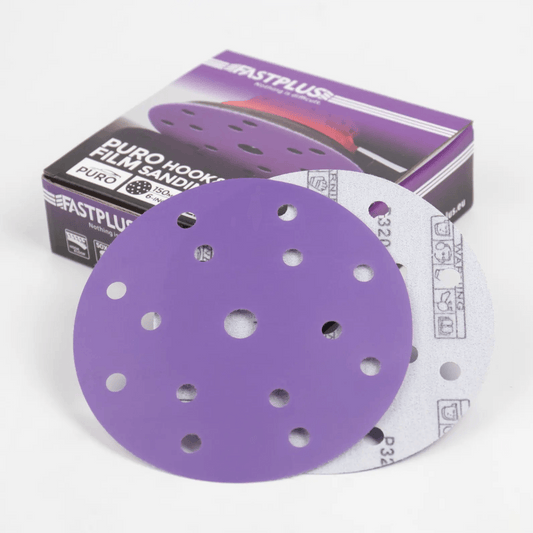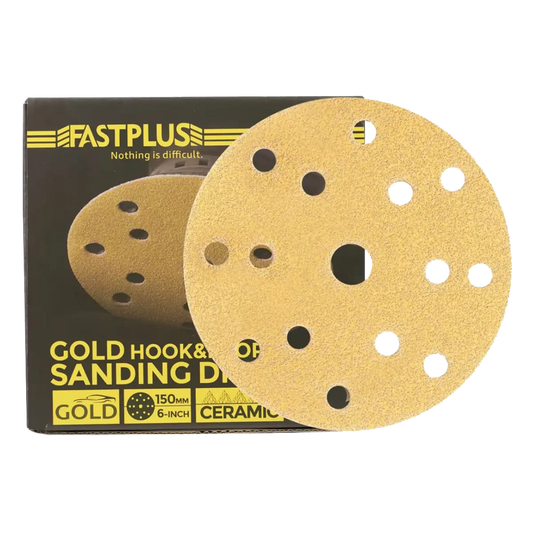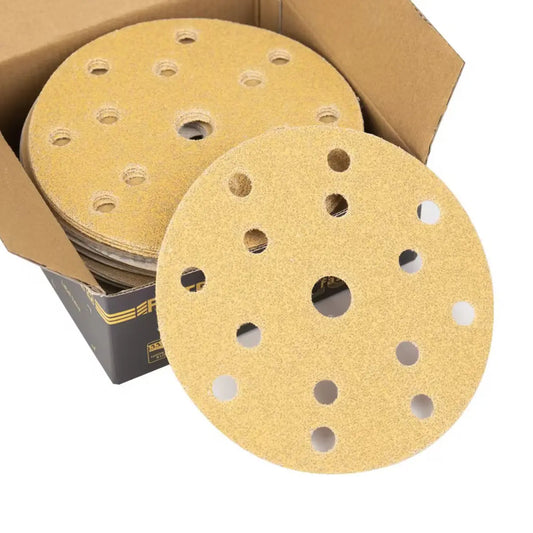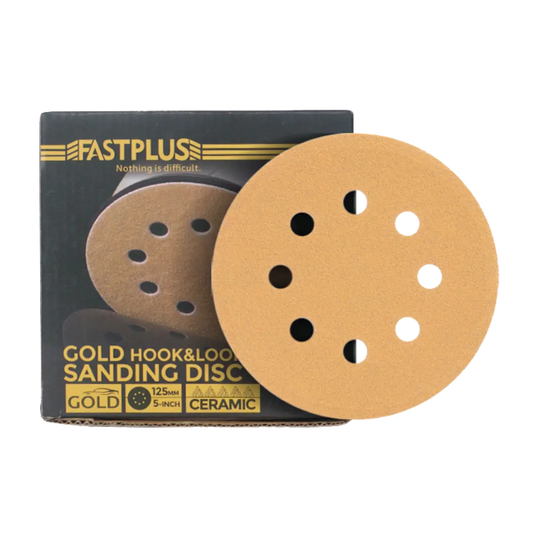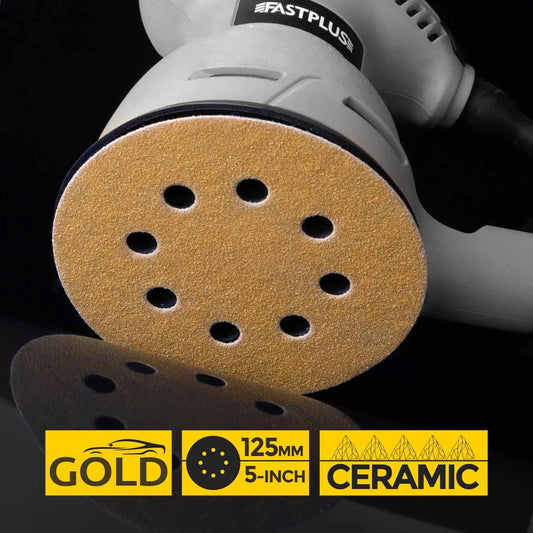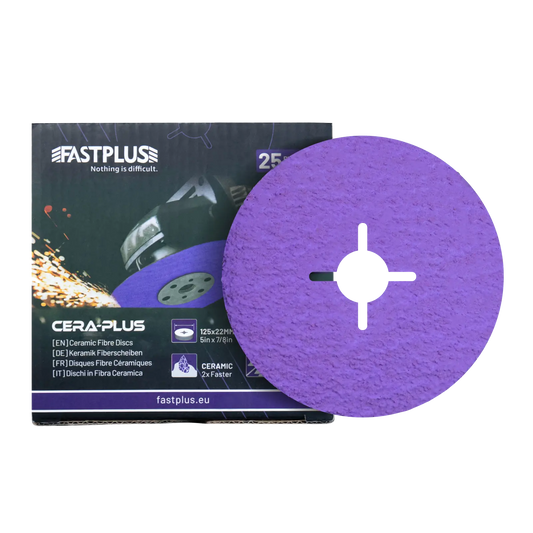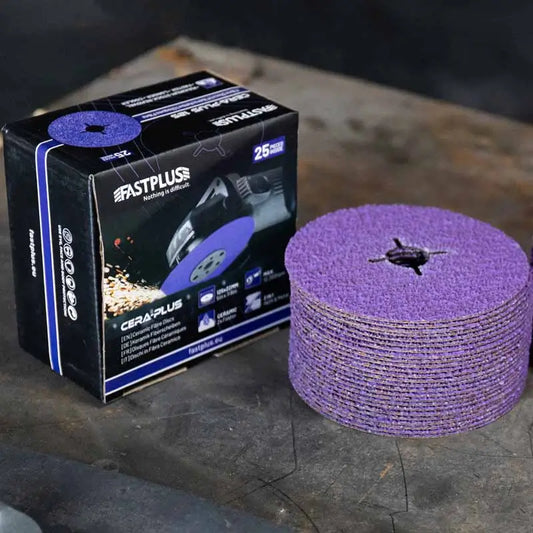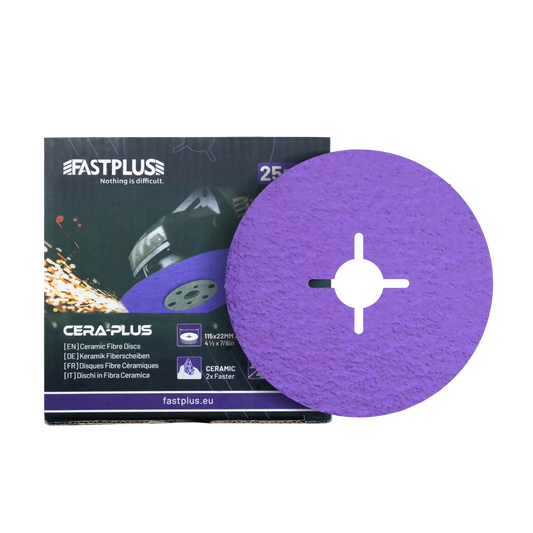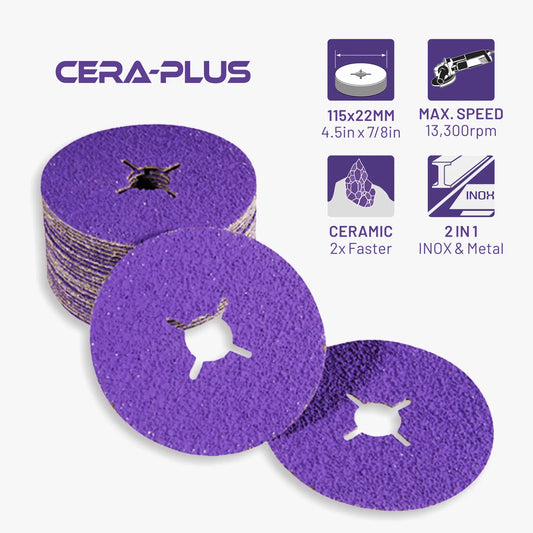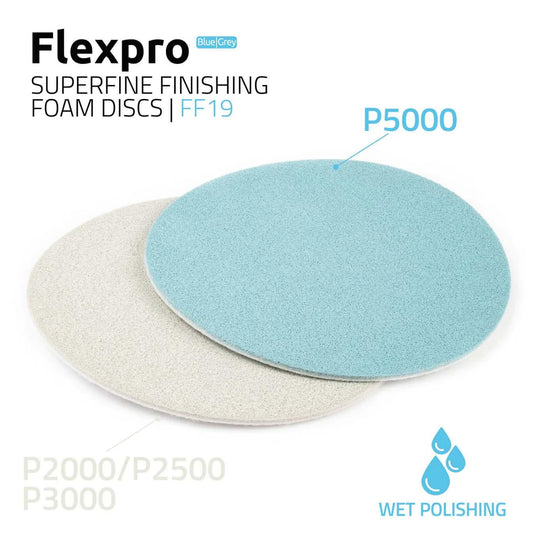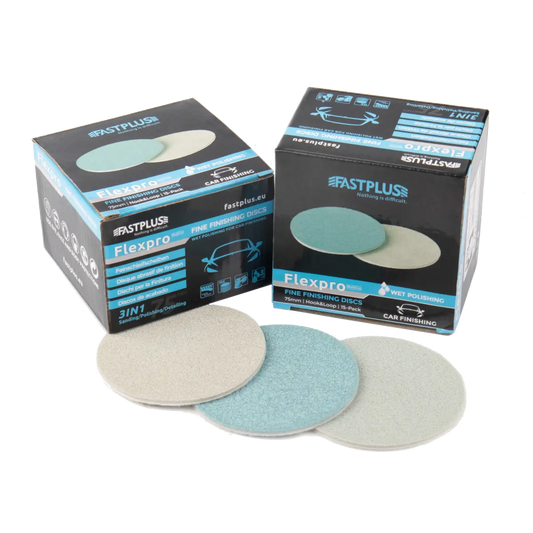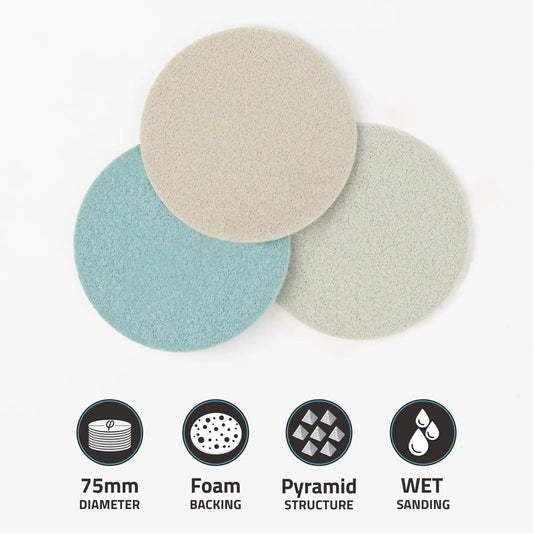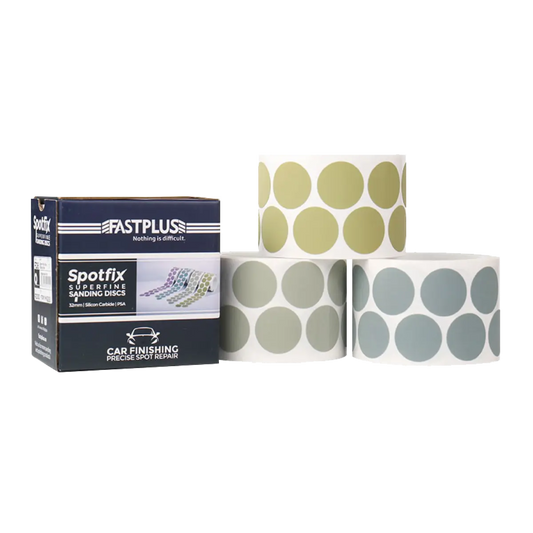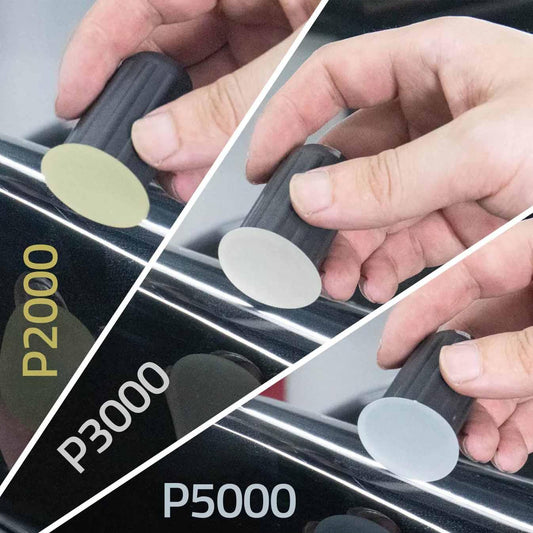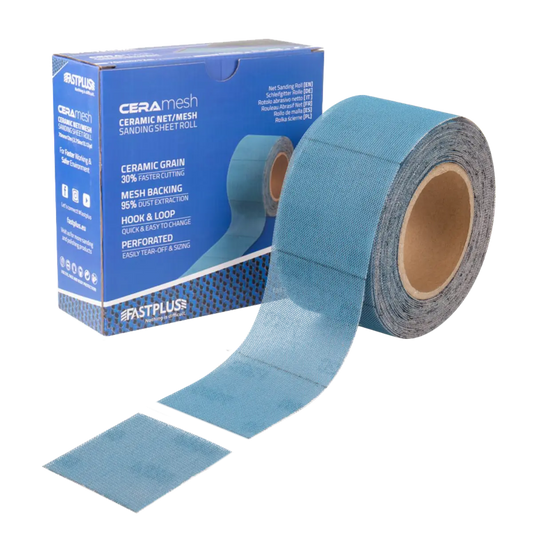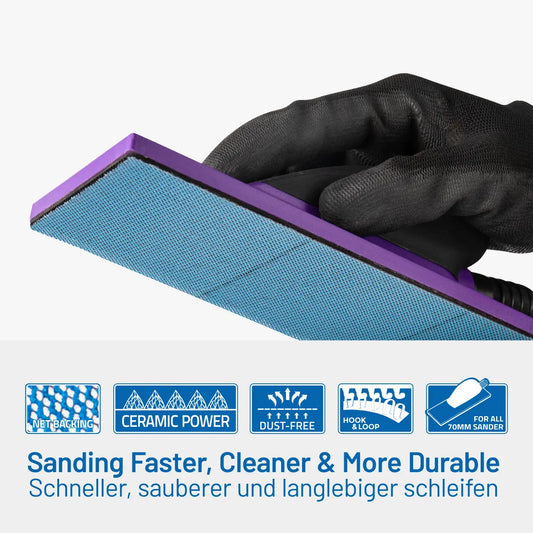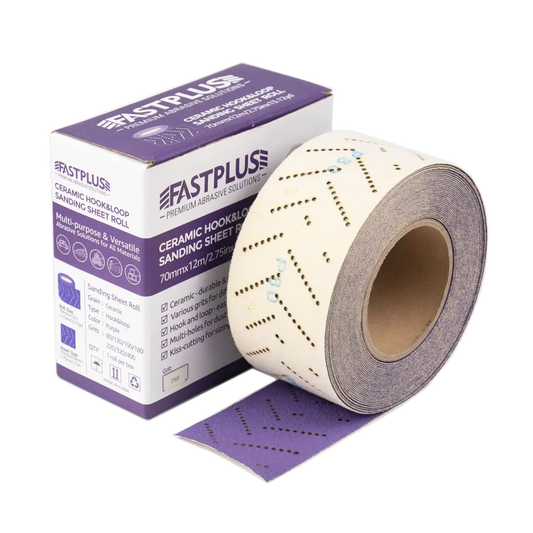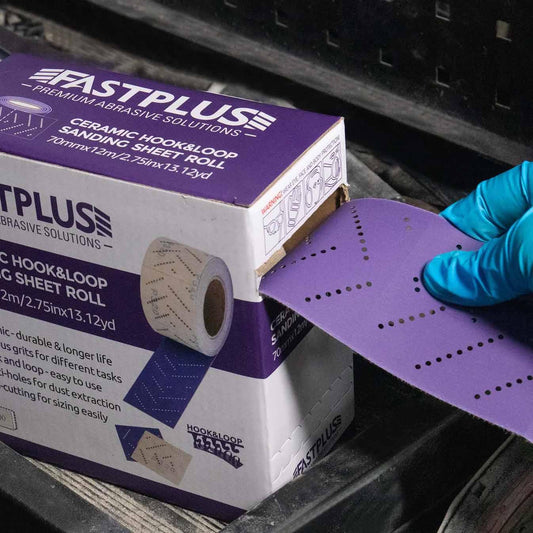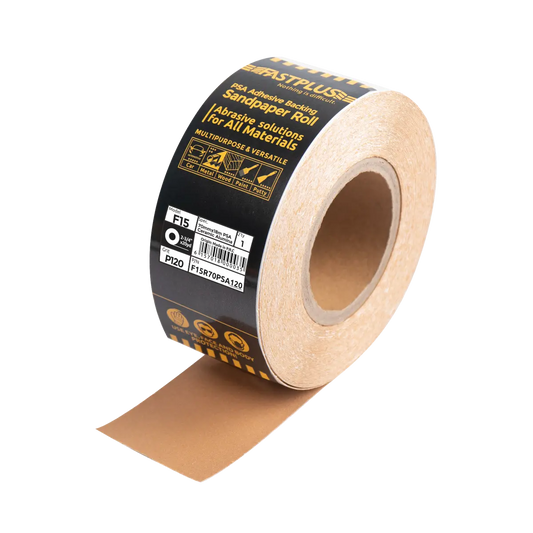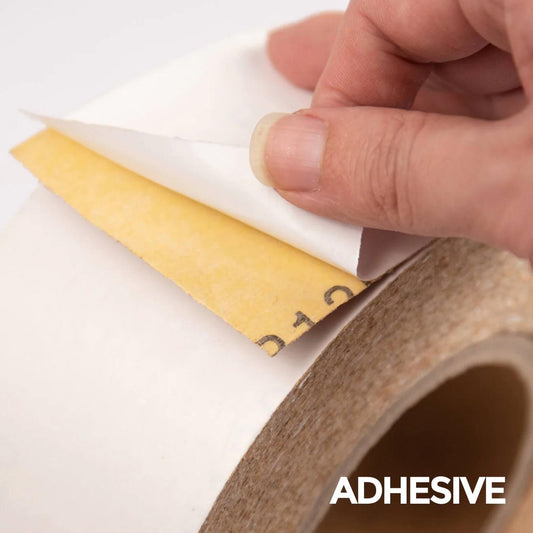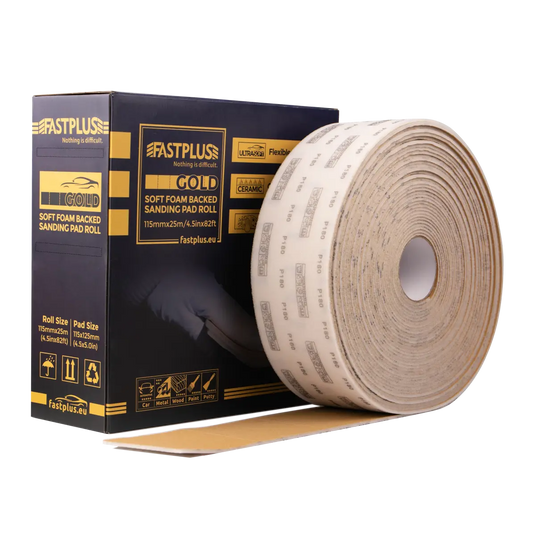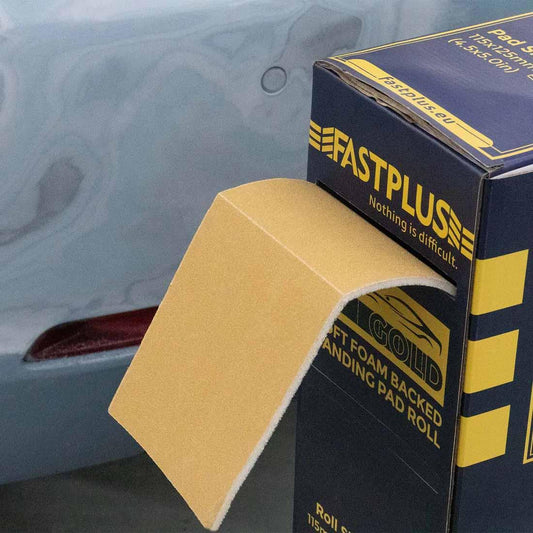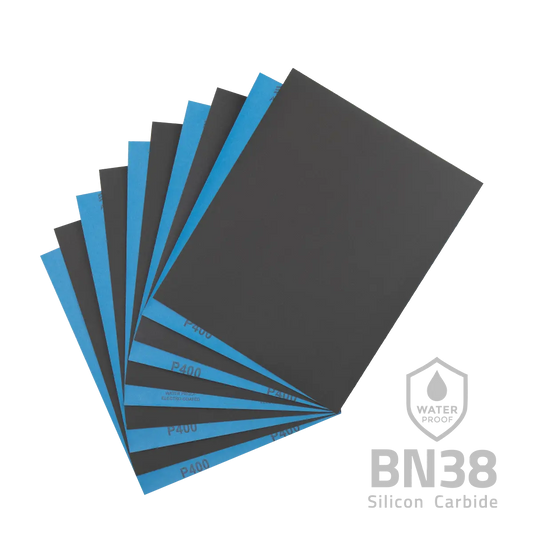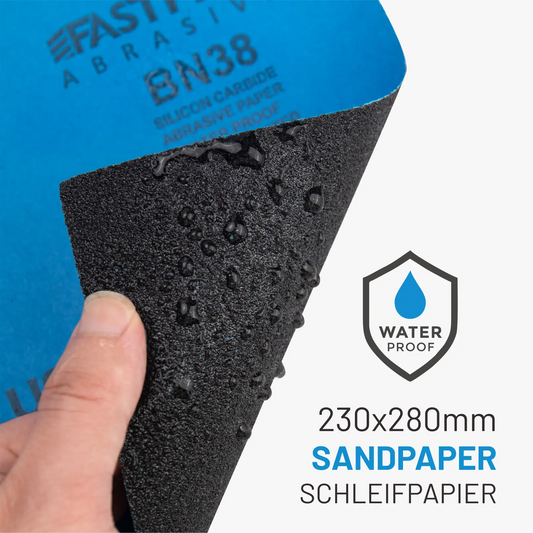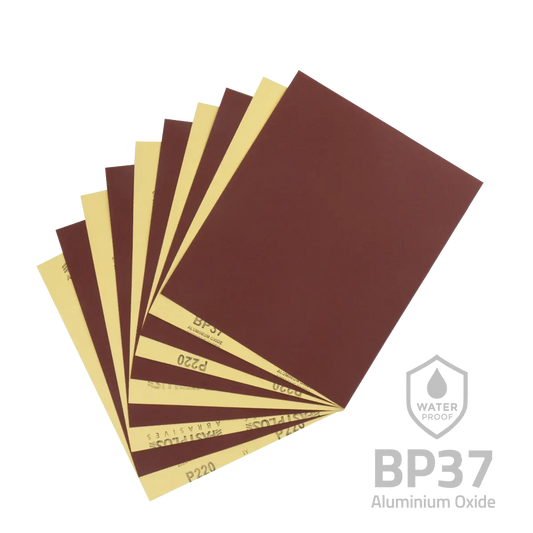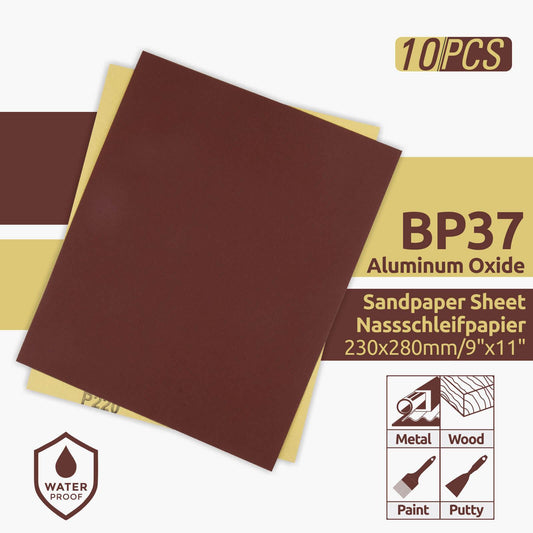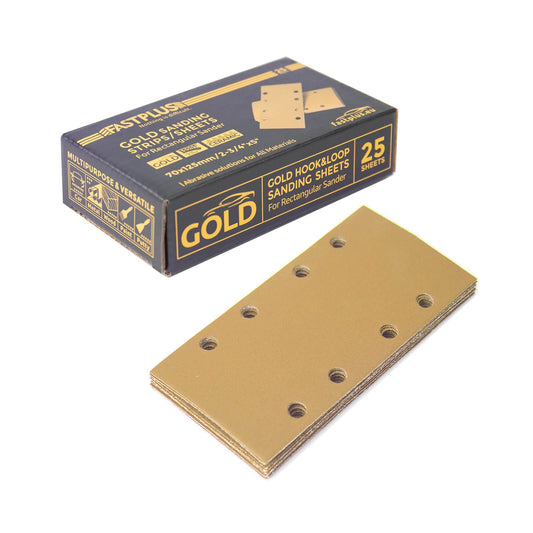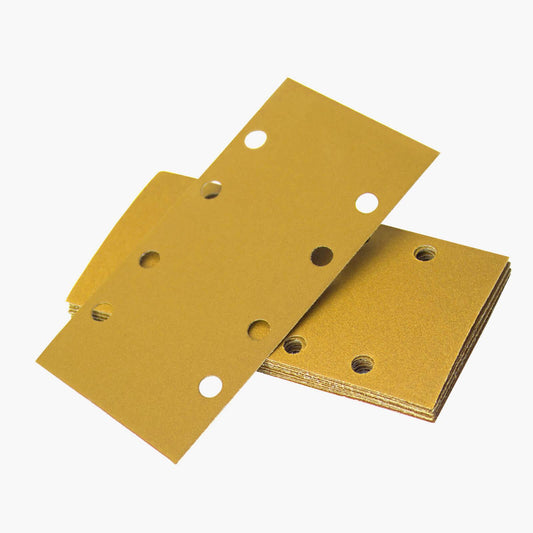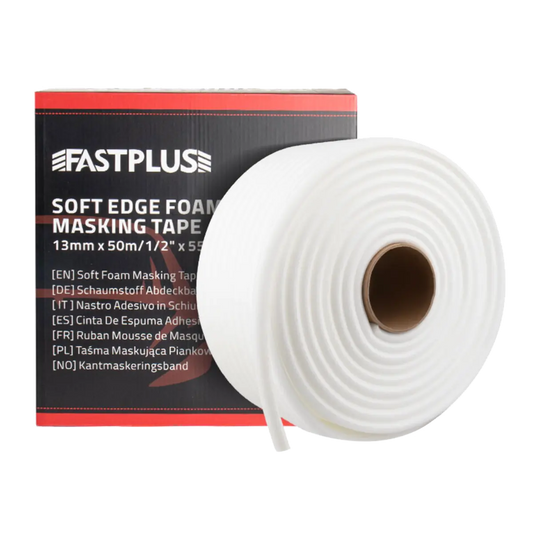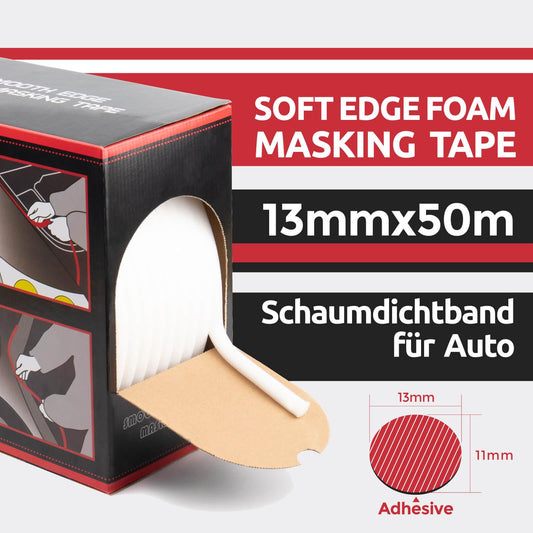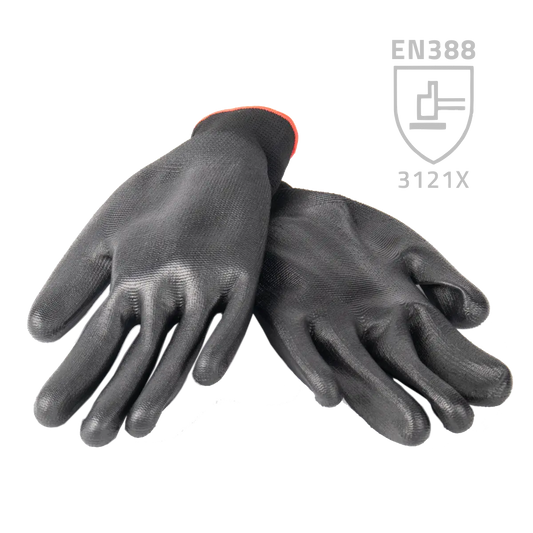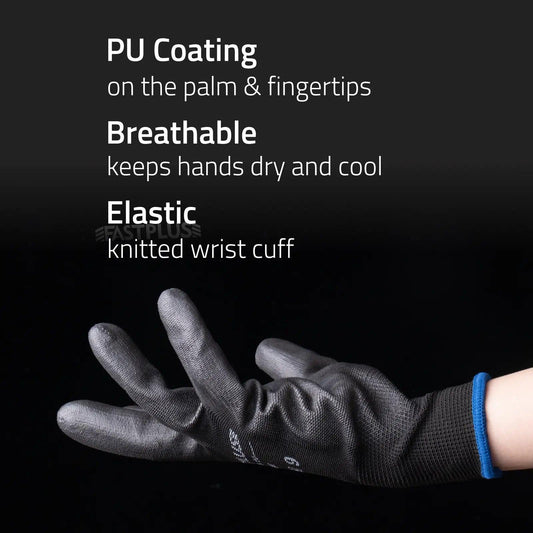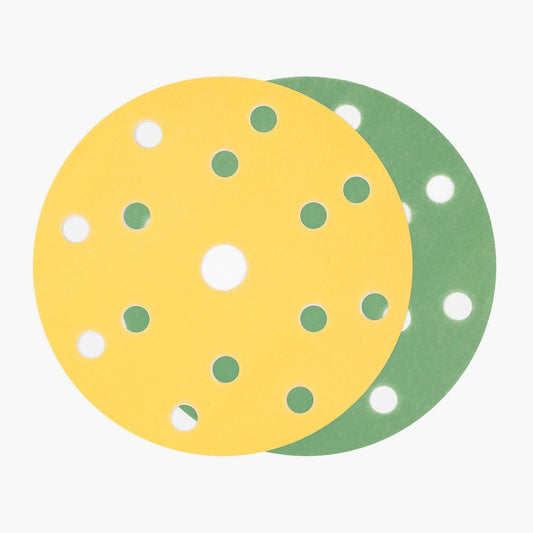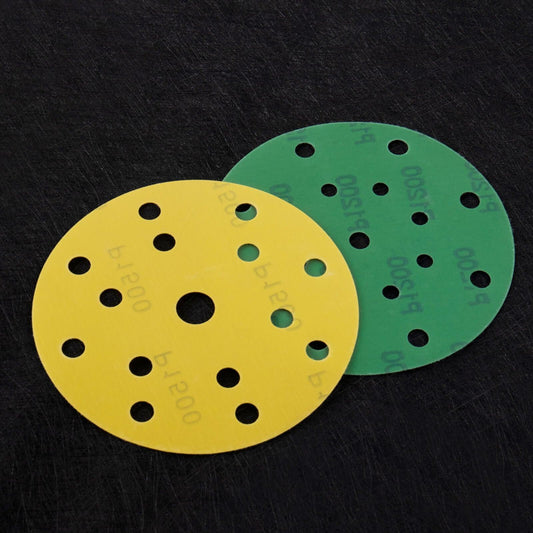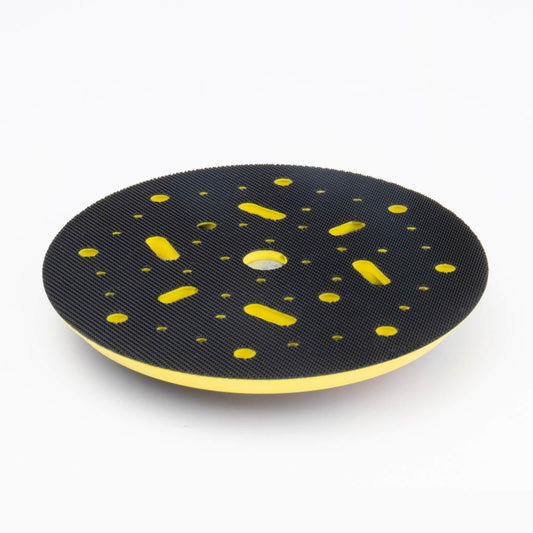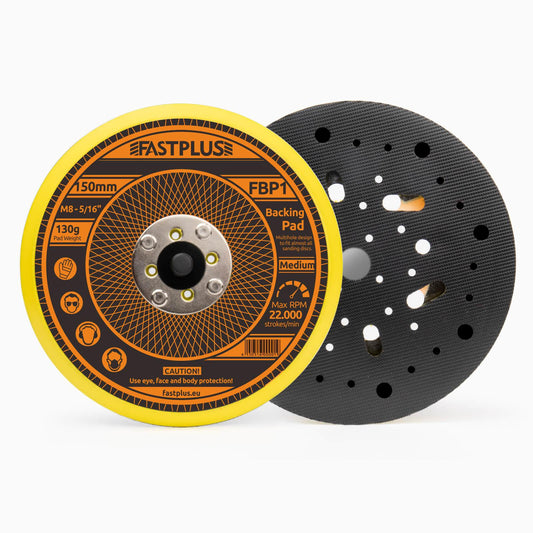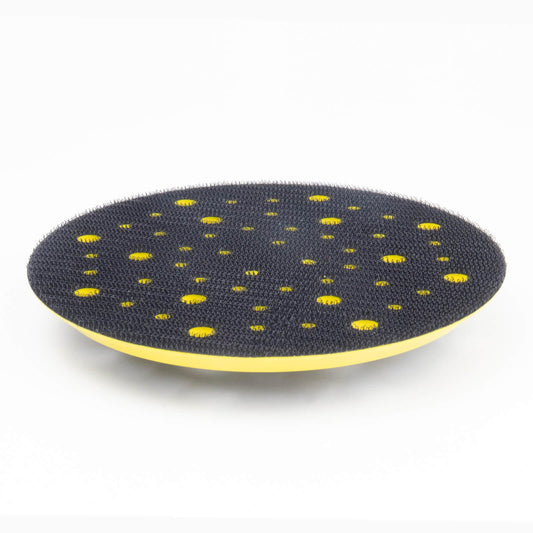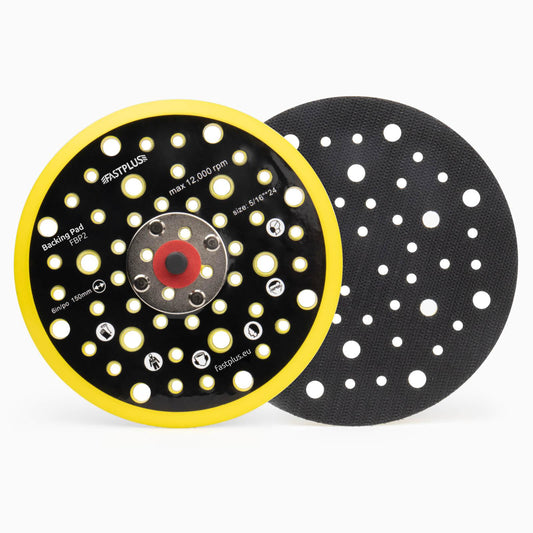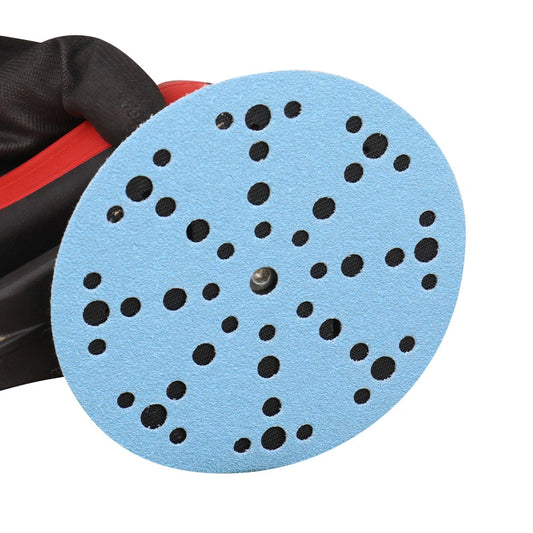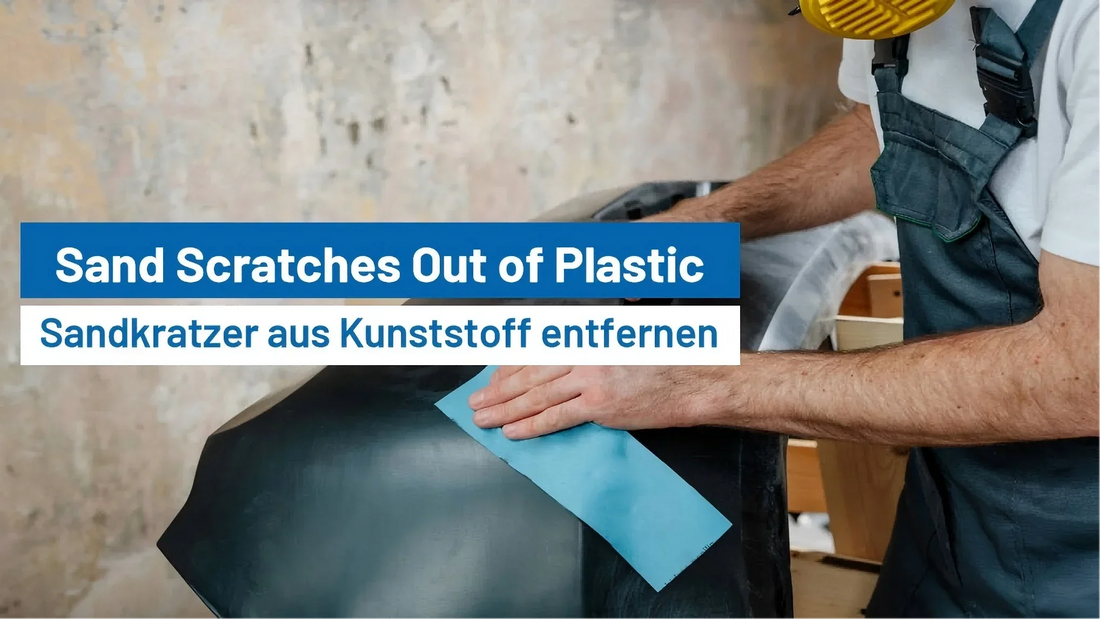
Can You Sand Scratches Out of Plastic?
Plastic is a widely used material in everyday items, from car headlights and household appliances to furniture and electronics. However, plastic surfaces can easily develop scratches over time, affecting their appearance and functionality. If you have a scratched plastic surface, you might wonder whether it is possible to sand the scratches out. The good news is that, in many cases, you can effectively remove or minimize scratches by sanding and polishing. In this article, we will guide you through the process of sanding scratches out of plastic and discuss the tools and techniques required to achieve the best results.
Understanding Plastic Scratches
Before attempting to sand out scratches, it is essential to understand the nature of the damage. Scratches on plastic surfaces can range from light surface abrasions to deeper gouges. The method used to remove scratches depends on their depth and the type of plastic. There are two main categories of scratches:

- Light Surface Scratches – These are minor abrasions that only affect the outermost layer of the plastic and can often be removed with sanding and polishing.
- Deep Scratches – These penetrate deeper into the plastic and may require more intensive sanding and filling before they can be smoothed out.
Tools and Materials Needed
To sand scratches out of plastic, you will need the following tools and materials:
- Wet and Dry Sandpaper (ranging from 400 to 3000 grit)
- Sanding Block (optional, but useful for flat surfaces)
- Water for Wet Sanding
- Plastic Polish or Rubbing Compound
- Microfiber Cloths
- Heat Gun or Flame Polishing (for certain plastics, optional)
- Protective Gloves and Mask (for safety)
Step-by-Step Guide to Sanding Plastic Scratches
Step 1: Clean the Plastic Surface
Before starting the sanding process, clean the plastic surface thoroughly to remove dirt, dust, and debris. Use mild soap and water, and dry the area with a microfiber cloth. This prevents further scratches from forming during the sanding process.
Step 2: Assess the Scratch Depth
Examine the scratches to determine their severity. If they are light surface scratches, you can start with a finer grit sandpaper (800-1000 grit). For deeper scratches, begin with a coarser grit (400-600 grit) before progressing to finer grits.
Step 3: Start Wet Sanding
Wet sanding is the best method for plastic as it minimizes heat buildup and reduces the risk of additional damage. Follow these steps:
- Dip a piece of 400-600 grit sandpaper in water and gently sand the scratched area in a circular motion.
- Keep the surface wet by continuously adding water while sanding.
- After a few minutes, switch to a finer grit sandpaper (800-1000 grit) and continue sanding.
- Repeat the process using progressively finer grits (1500-3000 grit) until the scratches blend into the surface.
![]()
Step 4: Polish the Plastic Surface
Once you have sanded the scratches down, the plastic may appear hazy or dull. To restore clarity and shine:
- Apply a small amount of plastic polish or rubbing compound onto a microfiber cloth.
- Buff the sanded area in a circular motion until the plastic regains its smooth, glossy finish.
- If necessary, repeat the polishing step to achieve the desired clarity.
Step 5: Optional Heat Treatment
For some types of plastic, such as acrylic or polycarbonate, heat can be used to further refine the finish:
- A heat gun can be gently waved over the sanded area to help smooth out minor imperfections.
- Flame polishing using a small torch can also work for specific plastics, but it requires careful control to avoid melting or burning the material.

Tips for Preventing Scratches on Plastic
To keep plastic surfaces in good condition and reduce the likelihood of future scratches, consider the following precautions:
- Use soft cloths and non-abrasive cleaners when cleaning plastic surfaces.
- Apply a plastic protectant or wax coating to create a barrier against scratches.
- Avoid placing heavy or sharp objects directly on plastic surfaces.
- Store plastic items in protective cases or coverings when not in use.
When to Seek Professional Help
While DIY sanding is effective for many plastic surfaces, there are cases where professional restoration may be needed:
- Extensive Damage – If the plastic has deep gouges or cracks, sanding alone may not be enough, and professional repair techniques such as plastic welding may be required.
- Complex Shapes – Some plastic items, such as curved surfaces or intricate designs, may be challenging to sand evenly without specialized tools.
- Expensive or High-Value Items – If you are working on delicate plastic components, such as automotive parts or high-end electronics, professional services can ensure the best results without risking further damage.
Conclusion
Sanding scratches out of plastic is an effective way to restore the appearance of scratched surfaces. By following the proper steps—cleaning, wet sanding, polishing, and applying protective coatings—you can successfully remove or minimize scratches from plastic. However, always assess the depth of the scratches and use the appropriate grit sandpaper to prevent further damage. For valuable or complex plastic items, seeking professional help may be the best option. With the right techniques and a little patience, you can bring your plastic surfaces back to life and keep them looking as good as new! For high-quality sandpaper and abrasives, check out FastPlus, your trusted sandpaper store, for the best tools to get the job done efficiently.


